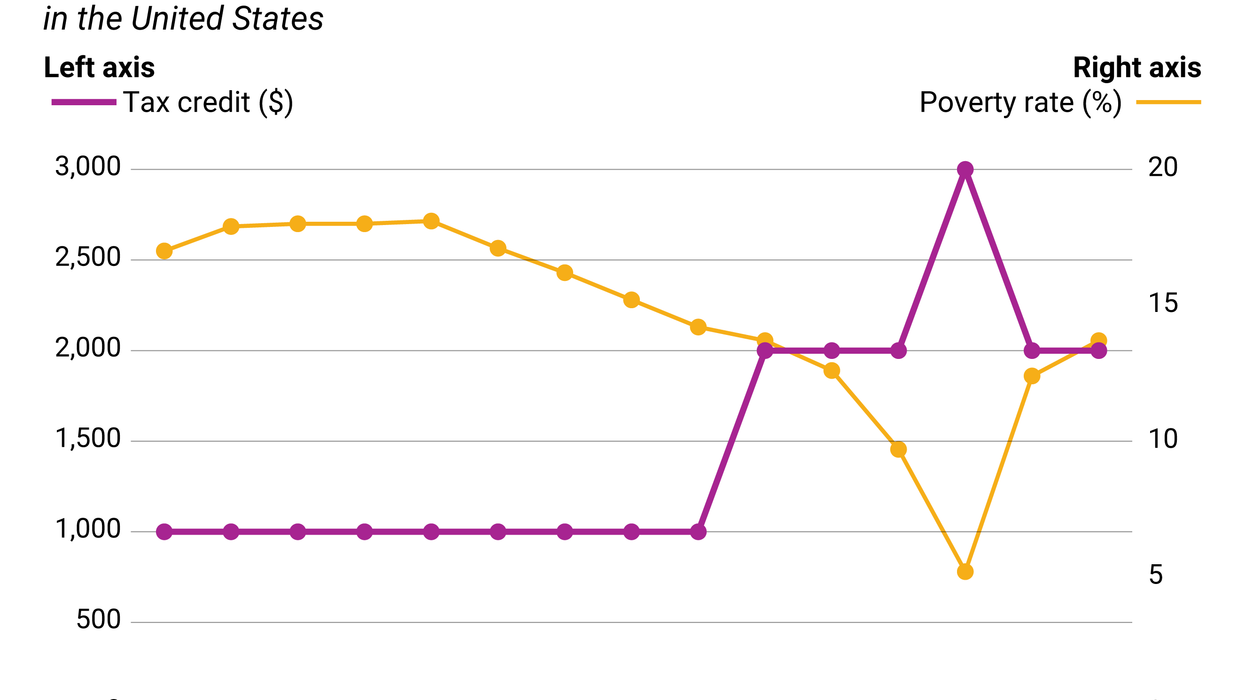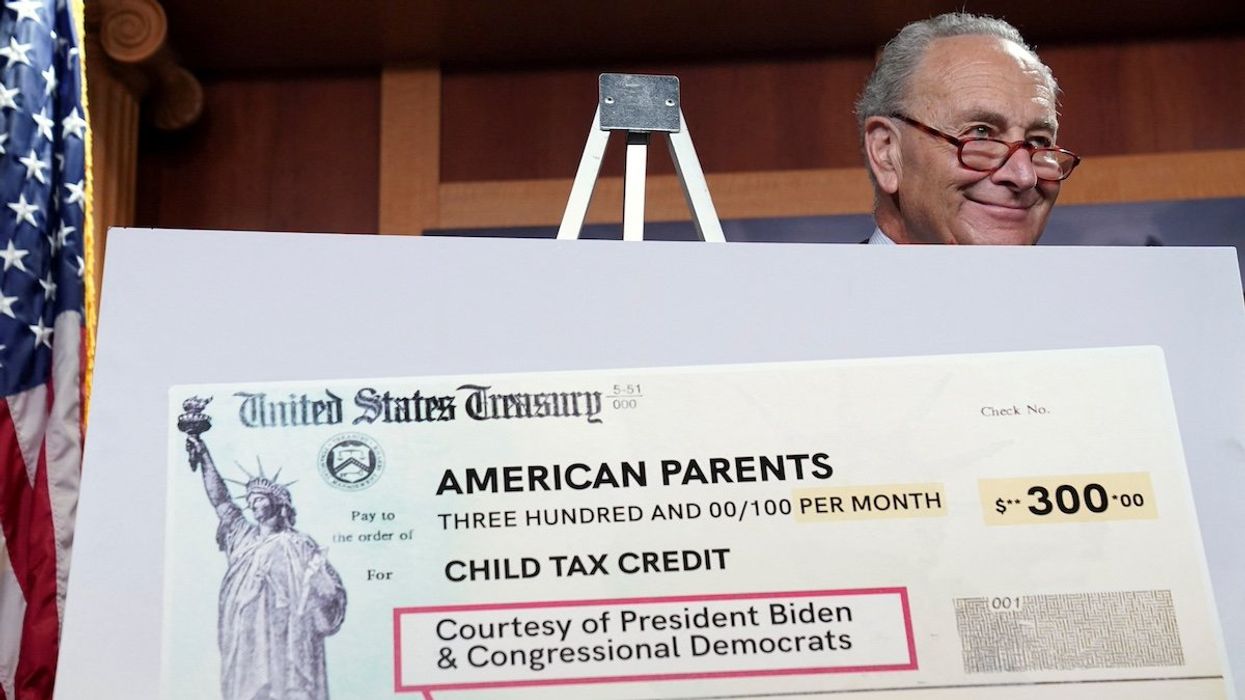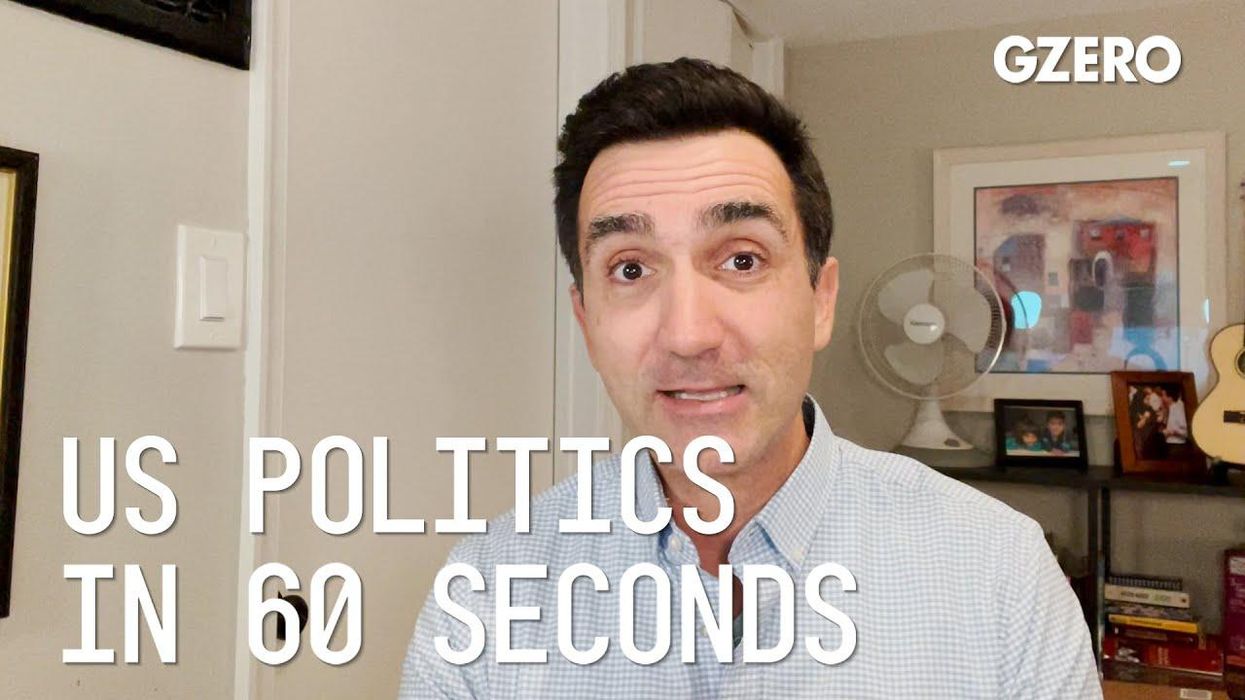Graphic Truth
The Graphic Truth: Does the child tax credit alleviate child poverty in the US?
The House Republicans’ “Big, Beautiful Bill” includes a clause that increases the child tax credit by $500. Supporters of the credit said its 2021 expansion helped slash child poverty rates that year, but some worry that the increase isn’t sufficient.
May 20, 2025



